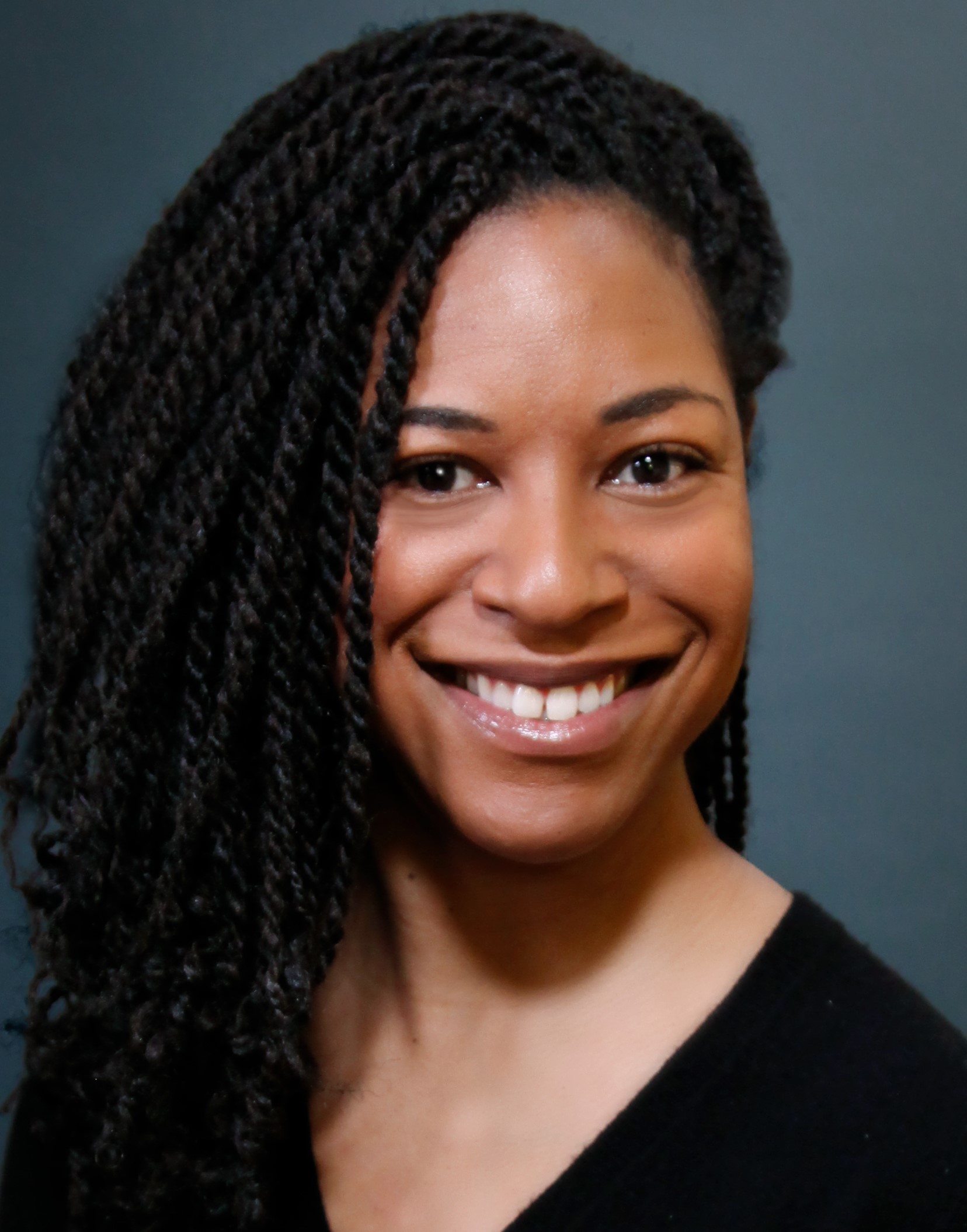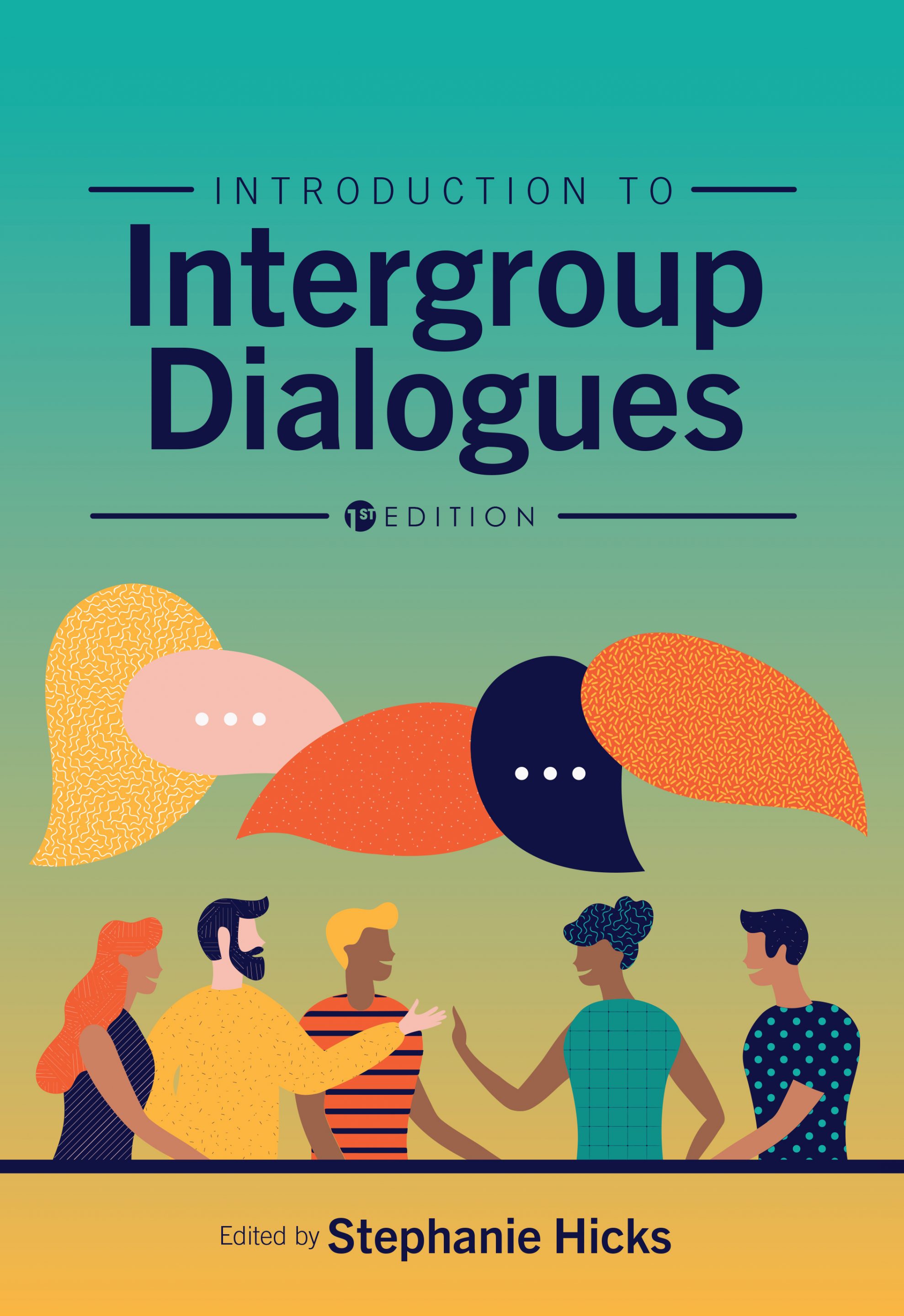What are your main areas of research or professional expertise?
My areas of expertise include intergroup dialogue, social justice education, and diversity, equity, inclusion, and justice in higher education.
What personal or professional experiences have shaped your current approach to teaching, or the focus of your research?
The courses I’ve taught—Intergroup Dialogues (IGD), Training Processes in Intergroup Dialogue Facilitation, and Practicum in Intergroup Dialogue Facilitation—have had a distinct impact on my professional research.
Intergroup Dialogues is a semester-long, peer-facilitated course that brings together undergraduate students across identity group (race, gender, socioeconomic status, ability status, religion, ethnicity, citizenship status, etc.) to learn about social identities, systems of oppression, and liberation.
Training Processes in Intergroup Dialogue Facilitation is a course that teaches students intergroup dialogue co-facilitation skills and prepares them to lead intergroup dialogues with their peers.
Practicum in Intergroup Dialogues is a course that supports students while they facilitate group dialogues and deepens their understanding of facilitation and intergroup dialogue.
Teaching these courses requires me to be immersed in, and stay current on, social justice literature and related fields, while also teaching classic pieces that student facilitators and dialogue participants need exposure to in order to have a powerful intergroup dialogue experience.
What makes Introduction to Intergroup Dialogues unique within the academic market?
Traditionally, intergroup dialogues unfold over four stages. This text is geared toward the four-stage approach, which makes it easier for readers and instructors to navigate, and also helps to support the unique goals of intergroup dialogues.
Additionally, Introduction to Intergroup Dialogues includes discussion questions. Inquiry is an important intergroup dialogue skill, and it generally promotes critical thinking. The discussion questions in my text are design not only to help students better understand the text, but to engage in this important part of the experience.
What was the most challenging aspect of creating your textbook? The most rewarding?
The most challenging aspect of this book was sourcing and narrowing down the pieces to include. There were so many great options, so making decisions about what to include and what to omit was hard at times!
The most rewarding part was being able to draw upon the wisdom of my colleagues in the field of intergroup dialogue and put together an anthology that represents their experiences and expertise, while also shaping it to fit my vision of what a textbook for an intergroup dialogues course should look like.
How has your textbook enriched your teaching experience and your students’ learning experience?
For students, it’s created a more cohesive experience for them, both as facilitators and as participants in intergroup dialogue. They’re able to use one source for courses readings, and they’re able to refer back to the four stages, vocabulary, and discussion questions as guide and supports as they facilitate.
As an instructor, creating the textbook has allowed me to include and amplify voices that I find powerful, and that I think students will also find powerful and challenging. Again, there are so many good piece out there, so being able to think about which voices to incorporate that can deepen students’ knowledge and expand their perspectives has been great.
Ultimately, what do you hope students take away from your textbook?
That there’s great power not only in having a multitude of voices, but in having voices that challenge each other, speak from the margins, expand on one another’s thinking, create nuance, and validate lived experiences and scholarly expertise. All of these voices are necessary, not just in general, but for an enriching dialogue experience.




